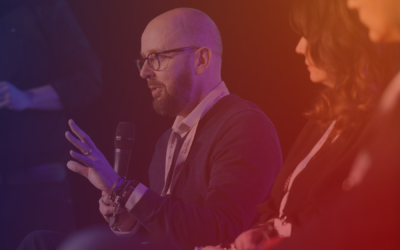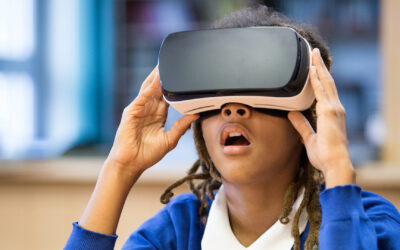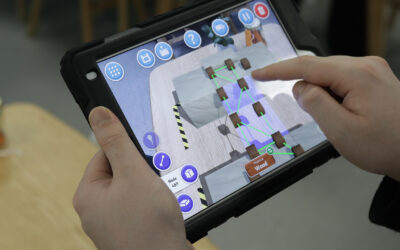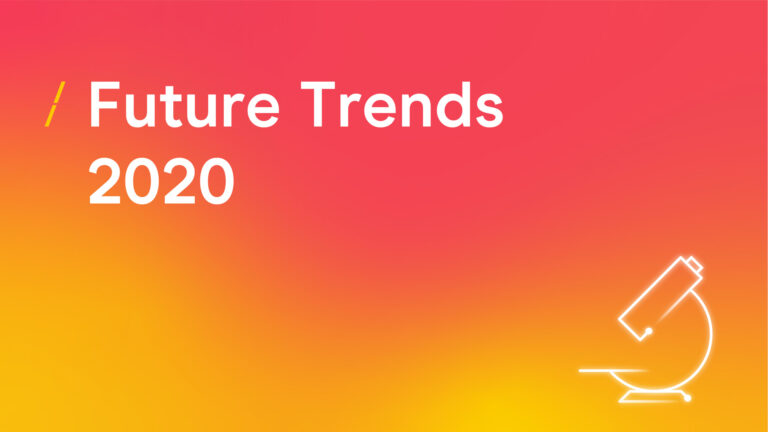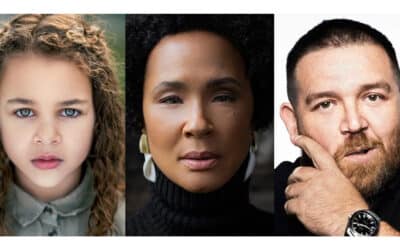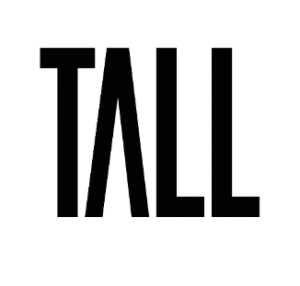A new report says that 2 in 5 British people have used augmented or virtual reality to test or view a product they’re considering. That’s despite falling sales of VR headsets.
The Future Trends: A New World of Experience has been published by the DMA and suggests that consumers are open to AR, VR and gamification for brand engagement.
According to the paper, adoption of VR technology is driven by younger people, with 22% of 25-34 year olds claiming to own a device.
“Mixed reality technologies, like AR and VR, hold huge potential for organisations to offer customers new ways to bring their brand to life, whether that’s by transporting them to another reality or enhancing the one they’re in.” said Tim Bond, Head of Insight at the DMA.
“However, it’s also important for marketers to always put the customer at the heart of these experiences and offer them something they will value. Brands must also consider how they can maintain consistency across the digital and physical worlds they now inhabit.”
The research also showed that almost half (45%) of UK consumers have used an app to motivate themselves to stick to a personal goal. For Millennials, that figure rises to 79% and for Centennials, it’s 74%.
“Health and welfare apps are just the starting point for these gamification strategies,” continued Bond.
“Brands and marketers have an opportunity to use gamification to acquire new customers and build sustainable relationships with existing ones by giving users a unique experience that only their brand can offer. For example, in personal banking these can be used to reward loyal customers, in fashion they could unlock exclusive offers or early access to new products – brands could even use gamification metrics to give fans access to exclusive content.”
Those questioned also said they adopted a pragmatic approach in regards to data sharing. Overall, 58% of British consumers said they were willing to share data with brands, in return for benefits. That’s up from 11% in 2016.

